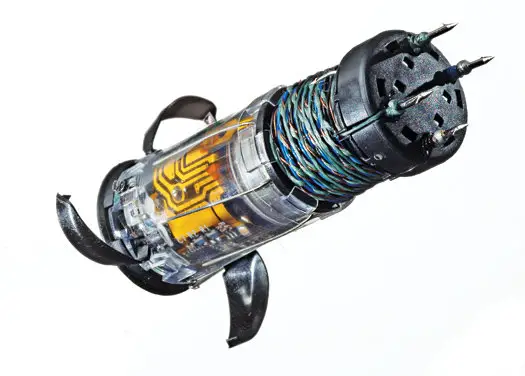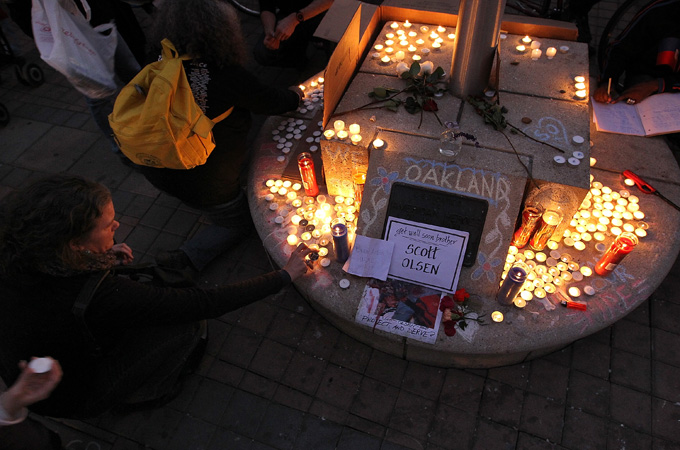
The United States, with just 5 percent of the world’s population, currently holds 25 percent of the world's prisoners, and for the last 30 years America’s business entrepreneurs have found a lucrative way to cash in on the incarceration surplus: private for-profit prisons.
While the implications of an industry that locks human beings in cages for profit is an old story, there is an important part of the history of private prisons that often goes untold.
Just a decade ago, private prisons were a dying industry awash in corruption and mired in lawsuits, particularly Corrections Corporation of America (CCA), the nation's largest private prison operator. Today, these companies are booming once again, yet the lawsuits and scandals continue to pile up. Meanwhile, more and more evidence shows that compared to publicly run prisons, private jails are filthier, more violent, less accountable, and contrary to what privatization advocates peddle as truth, do not save money. In fact, more recent findings suggest that private prisons could be more costly.
So why are they still in business?










 Homeless citizens victimized A homeless person panhandles for money during an extreme cold weather alert for the City of Toronto last Dec. 13.
Homeless citizens victimized A homeless person panhandles for money during an extreme cold weather alert for the City of Toronto last Dec. 13.